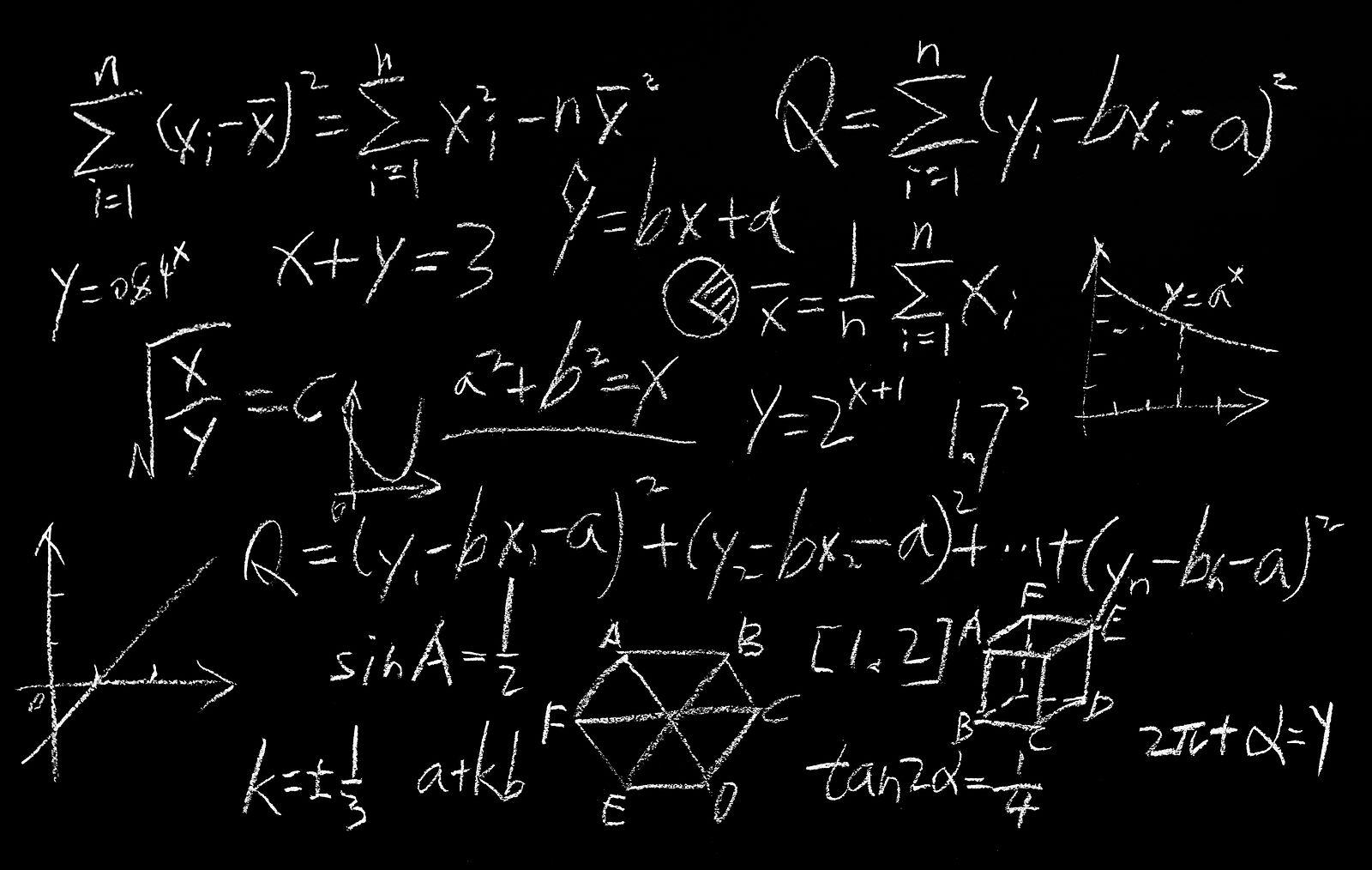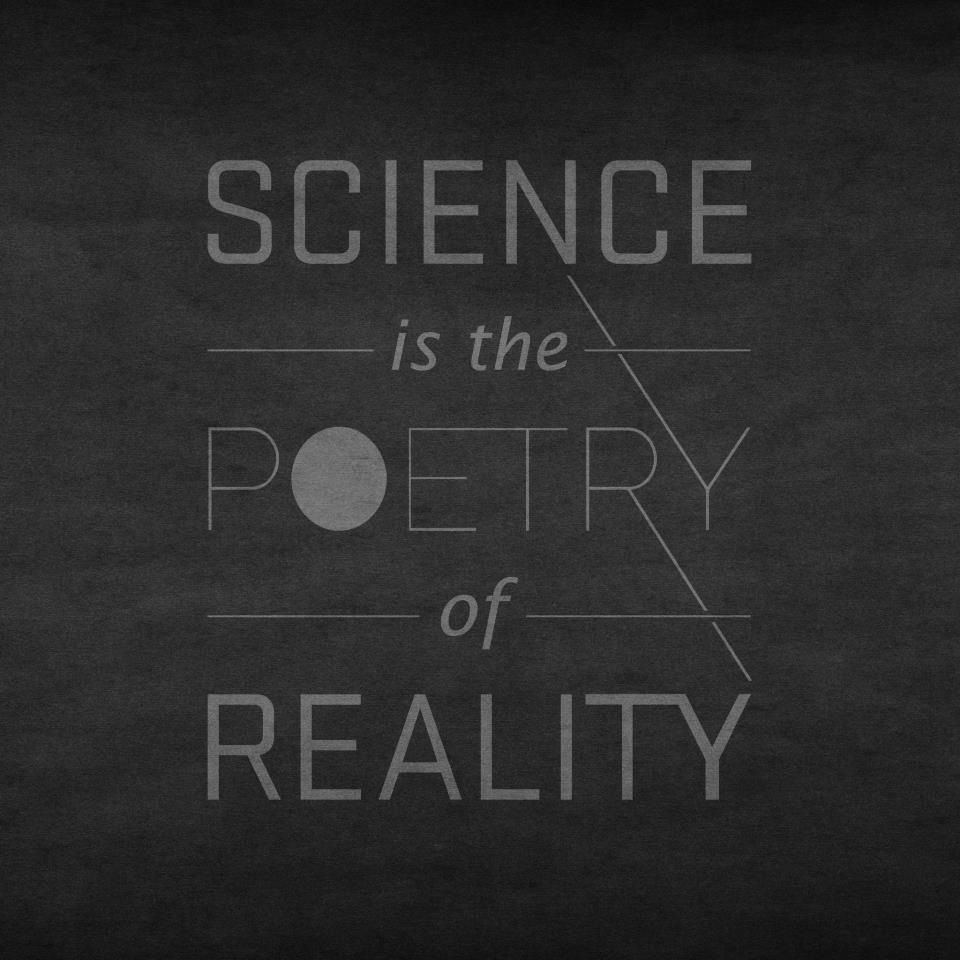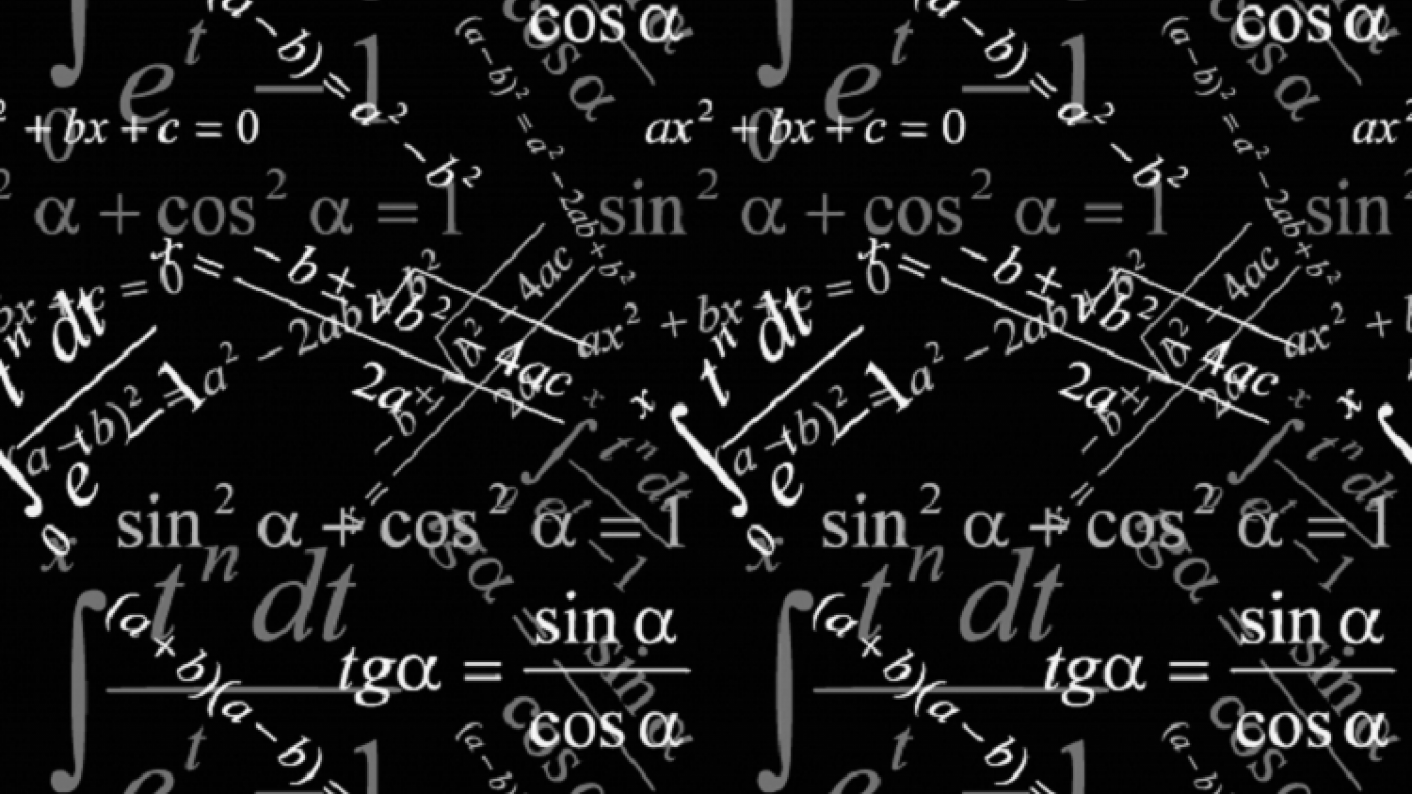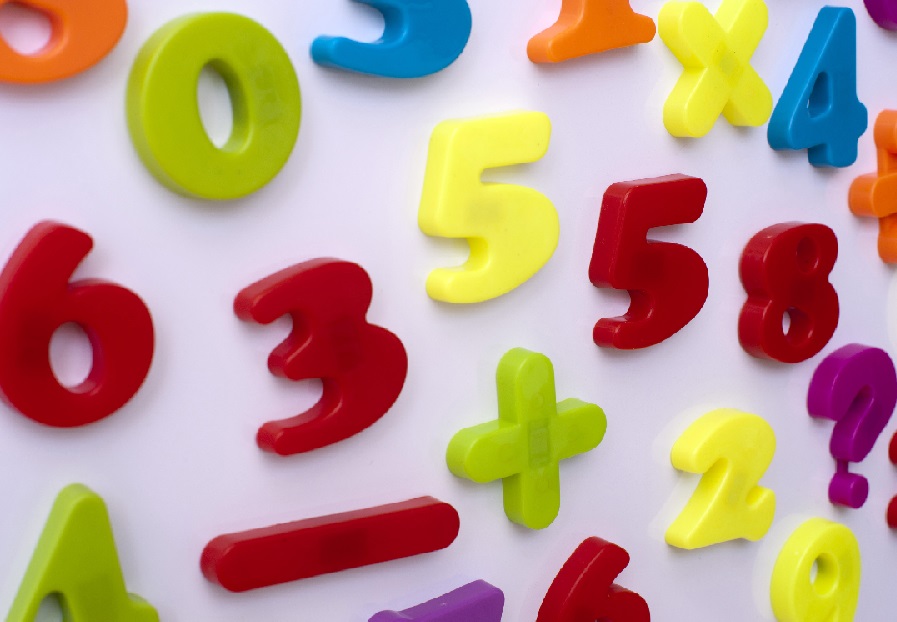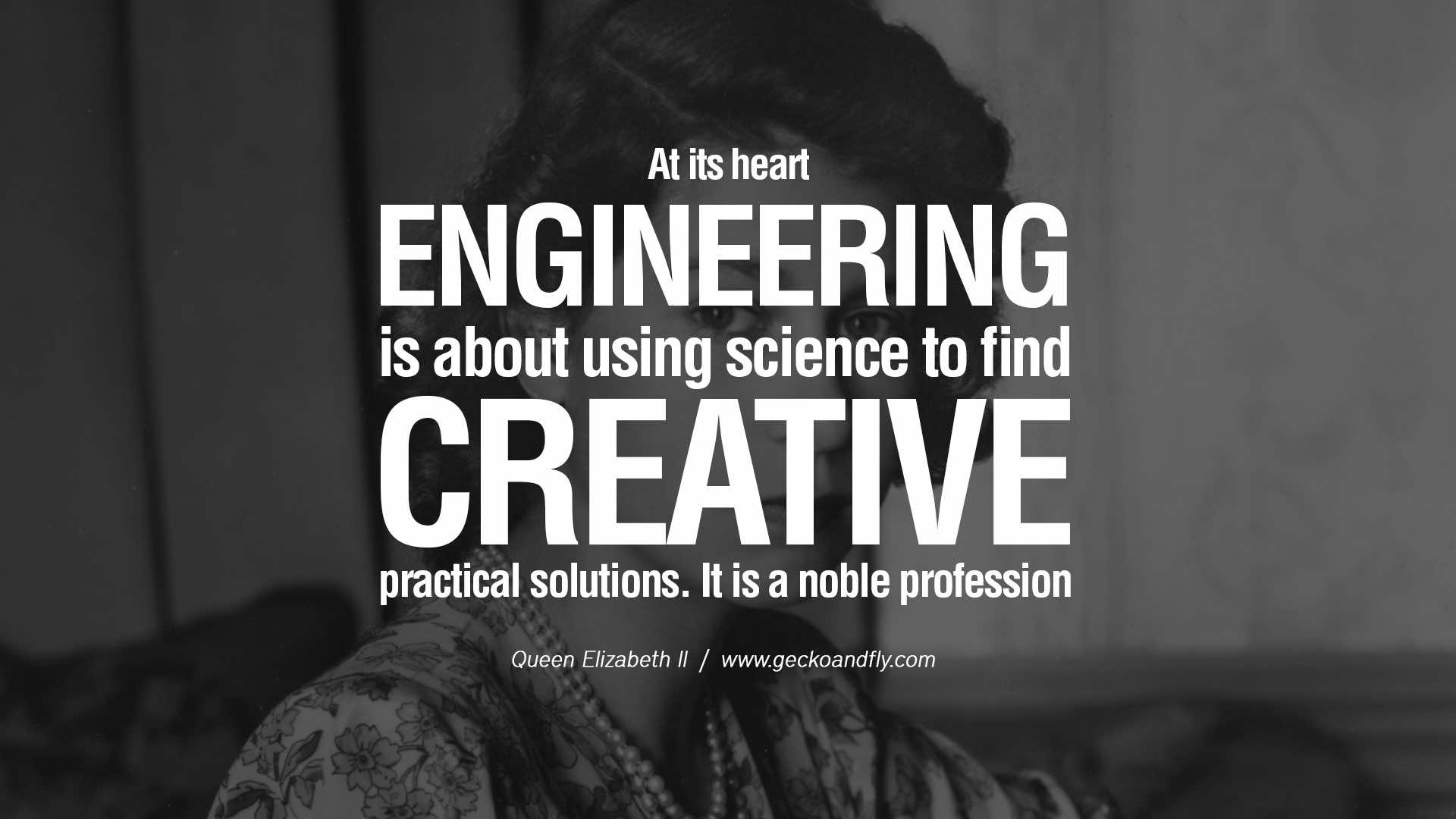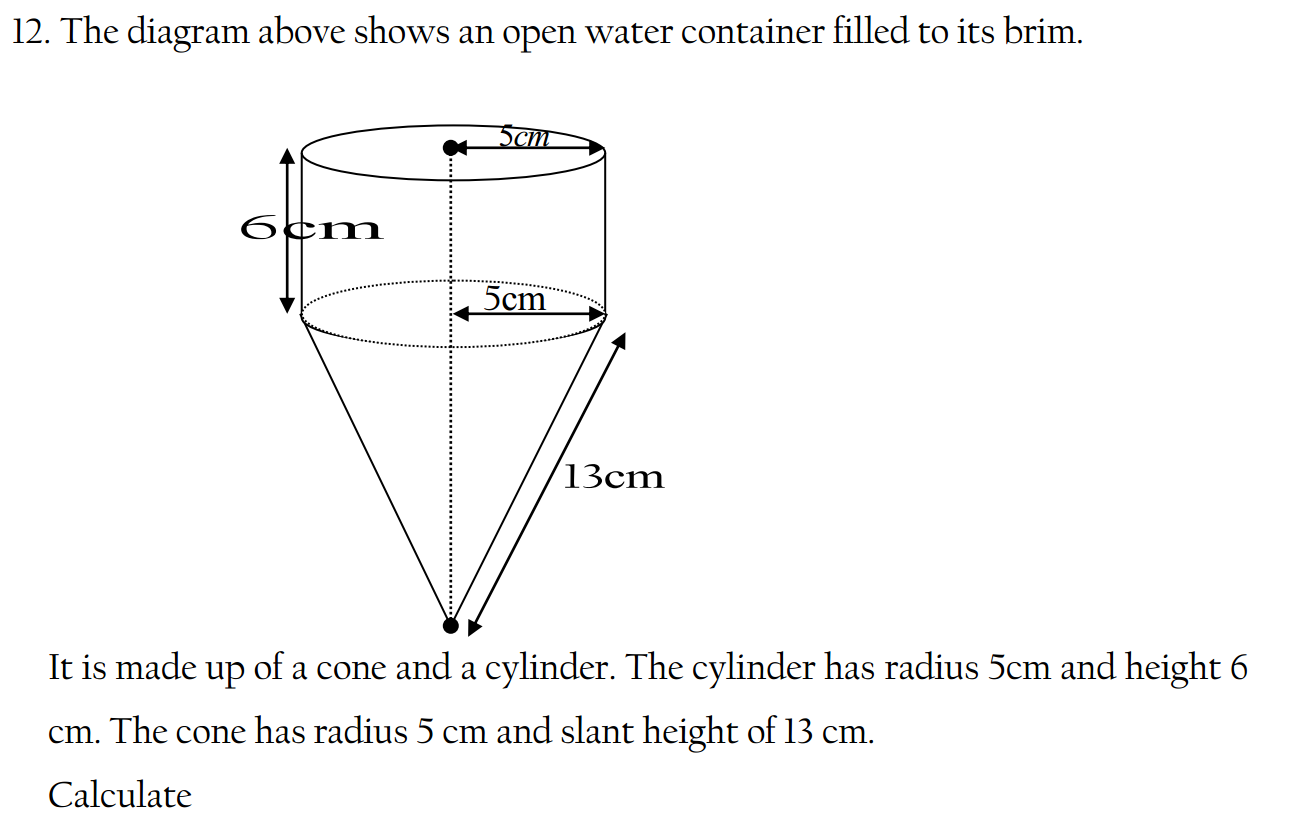Students often make several common mistakes in mathematics, which can hinder their understanding and performance. Here are some of these frequent errors:
1. Misunderstanding Basic Concepts
- Arithmetic Errors: Simple addition, subtraction, multiplication, or division mistakes.
- Misinterpreting Definitions: Confusing mathematical terms and definitions, such as mistaking mean for median.
2. Algebraic Mistakes
- Incorrect Sign Handling: Neglecting to change signs when solving equations or simplifying expressions.
- Order of Operations: Failing to apply the correct order of operations (PEMDAS/BODMAS).
- Misapplying Rules: Incorrectly applying algebraic rules, such as distributing a factor over a sum.
3. Geometry Errors
- Formula Confusion: Mixing up formulas for area, perimeter, volume, etc.
- Misidentifying Shapes: Confusing properties of different geometric shapes.
4. Calculation Mistakes
- Rushing Through Problems: Making careless errors due to rushing.
- Inaccurate Arithmetic: Errors in basic arithmetic calculations within larger problems.
5. Misreading Problems
- Ignoring Details: Overlooking key details in a problem statement.
- Misunderstanding the Question: Misinterpreting what the problem is asking for.
6. Graphing Errors
- Plotting Mistakes: Incorrectly plotting points or drawing graphs.
- Scale Issues: Misjudging the scale on a graph, leading to inaccurate representations.
7. Logical Mistakes
- Incorrect Assumptions: Making assumptions that are not supported by the problem.
- Faulty Reasoning: Using invalid logic to draw conclusions.
8. Units and Dimensions
- Ignoring Units: Failing to include or convert units properly.
- Dimensional Analysis: Not using dimensional analysis to check the consistency of equations and solutions.
9. Fraction Errors
- Simplifying Incorrectly: Incorrectly simplifying fractions or not simplifying them at all.
- Adding/Subtracting Fractions: Misaligning denominators when adding or subtracting fractions.
10. Function Misunderstanding
- Domain and Range: Confusing or incorrectly identifying the domain and range of functions.
- Inverse Functions: Misunderstanding how to find and use inverse functions.
11. Trigonometry Mistakes
- Incorrect Ratios: Using the wrong trigonometric ratios (sine, cosine, tangent).
- Angle Measurement Errors: Confusing degrees with radians.
12. Word Problems
- Translating Words to Equations: Struggling to convert word problems into mathematical equations.
- Context Misunderstanding: Not grasping the real-world context or relevance of the problem.
13. Over-Reliance on Calculators
- Calculator Dependency: Over-relying on calculators for simple calculations, leading to a lack of mental arithmetic skills.
- Input Errors: Typing errors when entering data into calculators.
14. Lack of Checking Work
- Not Reviewing: Failing to double-check work for errors.
- Skipping Steps: Omitting intermediate steps, which can lead to mistakes and make it harder to find errors.
15. Misapplying Theorems and Properties
- Incorrect Application: Misapplying theorems, such as the Pythagorean theorem, or properties of numbers.
Strategies to Avoid Mistakes:
- Understand Concepts: Focus on understanding the underlying concepts rather than just memorizing formulas.
- Practice Regularly: Regular practice helps in reinforcing concepts and improving accuracy.
- Check Work: Always review and double-check your work to catch and correct mistakes.
- Work Slowly: Take your time to carefully read and solve problems, avoiding the rush that leads to errors.
- Ask for Help: Seek help from teachers, peers, or tutors when you encounter difficulties.
By being aware of these common mistakes and implementing strategies to avoid them, students can improve their mathematical skills and perform better in their studies.




